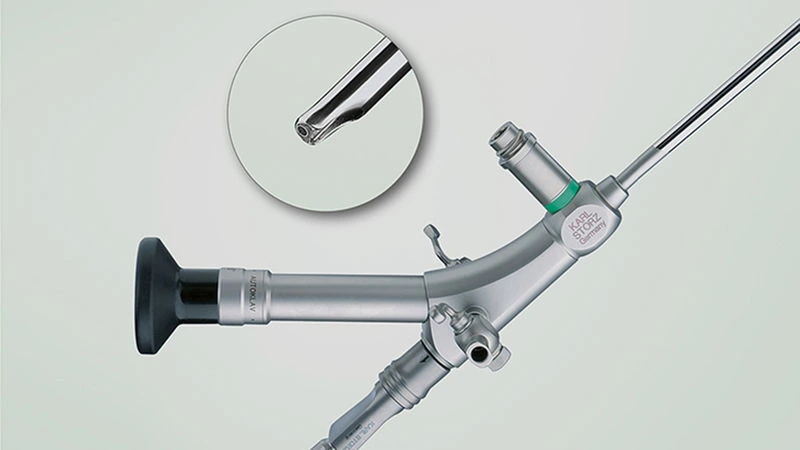Transcervical Insemination (TCI) is a technique in which a rigid endoscope is used to locate the cervix and pass a catheter through it for intrauterine insemination of frozen semen without the need for the surgery. An endoscope (essentially a tiny video camera) is passed up the vaginal canal of a bitch being able to locate the cervix and bypassing it by putting the catheter inside and going straight smoothly as much near the ovaries as possible. The inseminator is able to watch the positioning of the catheter on a TV monitor to which the endoscopic view is shown. The actual insemination can be visualized.
Here at Trade Genetics, we have performed hundreds of transcervical inseminations and firmly believe that is a better choice for the breeders. We were the first veterinary surgery to perform endoscopic inseminations in Ireland in 2006. Our expertise, combined with the advanced technology of the Karl Storz endoscope, has allowed us to achieve impressive success rates. Many of our clients have seen their breeding goals realized through our TCI service, with healthy litters being born as a result.
